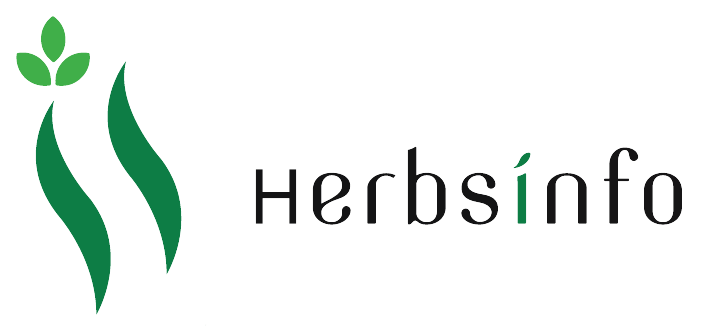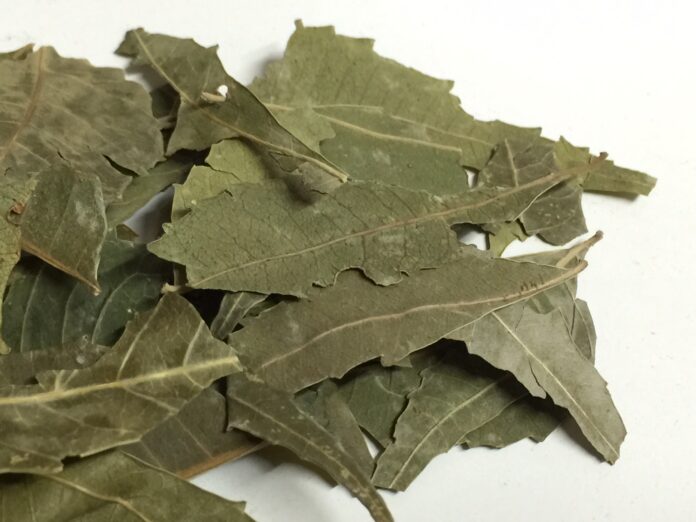INTRODUCTION:
Neem leaves come from the Neem tree (Azadirachta indica), a fast-growing, evergreen tree native to the Indian subcontinent. Known for their bitter taste and strong medicinal properties, Neem leaves have been widely used in Ayurvedic, Unani, and traditional medicine systems for thousands of years.
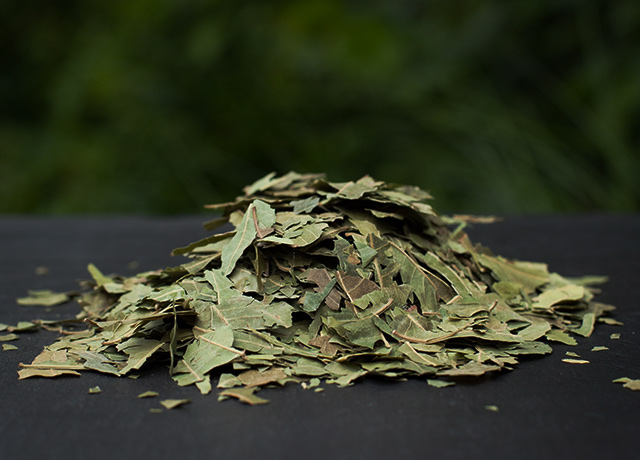
Hindi – Neem
Sanskrit – Nimba
Tamil – Vembu
Telugu – Vepa
Malayalam – Aryaveppu
Kannada – Bevu
Gujarati – Limdo
Marathi – Kadunimb
Punjabi – Neem
Bengali – Nim
Urdu – Neem
English – Neem
Arabic – Shajarat al-Neem
Swahili – Muarobaini
HEALTH BENEFITS:

Fights acne and blemishes:
The antibacterial properties of neem help combat acne-causing bacteria and reduce blemishes. It also acts as an astringent to control excess oil production.
Soothes skin irritation:
With its anti-inflammatory effects, neem can help soothe skin redness, itching, and rashes caused by infections or allergies.
Treats skin conditions:
Neem is used to manage various dermatological issues, such as eczema, psoriasis, and ringworm, due to its antifungal and antiseptic qualities.
Reduces dandruff:
The antifungal and antibacterial properties of neem leaves make them effective against dandruff, scalp infections, and an itchy scalp.
Promotes hair growth:
By strengthening hair follicles and improving scalp health, neem can help reduce hair fall and promote healthier, stronger hair.
Reduces plaque and gingivitis:
Neem’s antiseptic and anti-inflammatory properties help reduce dental plaque and gingivitis (gum inflammation).
Fights oral bacteria:
Neem-based mouthwashes and toothpastes can kill germs in the oral cavity, which helps alleviate bad breath and prevents dental problems.
Improves insulin sensitivity:
Neem may enhance the body’s sensitivity to insulin and increase glucose uptake by cells, which helps regulate blood sugar.
Protects pancreatic cells:
Some compounds in neem may stimulate and protect the insulin-producing beta cells in the pancreas.
Reduces glucose absorption:
Neem can slow the absorption of sugar from the intestines, which helps prevent sudden blood sugar spikes.
SIDE EFFECTS:

Kidney and liver damage:
Excessive or prolonged consumption of neem is possibly unsafe and can harm the kidneys and liver. The high oxalate content in neem leaves can contribute to kidney stones, and animal studies suggest certain compounds may impair kidney tissue.
Reproductive issues:
Neem has anti-fertility effects. In men, it may harm sperm, and in women, it can cause miscarriages. Neem oil and bark are considered unsafe for oral consumption during pregnancy and should also be avoided while breastfeeding.
Low blood sugar:
Neem can lower blood sugar levels. People with diabetes should monitor their blood sugar closely when using neem, as it can cause it to drop too low, especially if they are also taking diabetes medication.
Digestive problems:
Consuming large amounts of neem can cause gastrointestinal issues like nausea, upset stomach, vomiting, and diarrhea.
HOW TO USE:
1. For Skin Care
Neem leaves are rich in antibacterial, antifungal, and anti-inflammatory compounds.
Neem Paste for Acne or Pimples
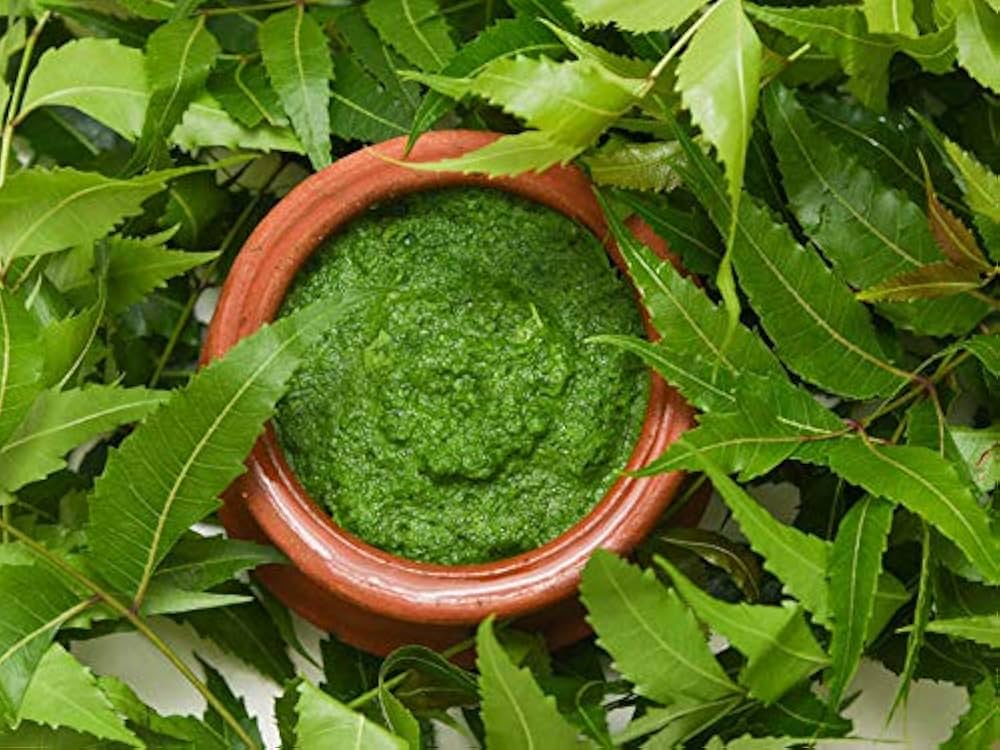
How to Use:
Take fresh neem leaves, wash them thoroughly.
Grind into a smooth paste (add a little water if needed).
Apply to affected areas (face or body).
Leave for 15–20 minutes and rinse off.
Use: 2–3 times a week.
Neem Water Toner
How to Make:
Boil a handful of neem leaves in 2 cups of water until the water turns green.
Cool and strain.
Store in a bottle and use as a toner with a cotton ball.
Use: Daily after cleansing face.
Neem and Turmeric Face Pack
Ingredients: Neem paste + turmeric powder + honey or rosewater
Effect: Helps with acne, scars, and oily skin.
2. For Dental Health
Neem sticks or leaves can help fight bacteria and prevent gum disease.
How to Use:
- Chew tender neem leaves or twigs in the morning (don’t swallow).
- Alternatively, boil neem leaves and use as a mouth rinse.
3. For Hair Care
Neem can help with dandruff, lice, and scalp infections.
Neem Hair Rinse
Boil neem leaves in water.
Cool and strain.
Rinse hair with this after shampooing.
Neem Hair Mask
Mix neem leaf paste with:
Yogurt (for dandruff)
Coconut oil (for lice or itchy scalp)
Apply to scalp, leave for 30 mins, and wash.
4. For Health (Internal Use)
Neem has detoxifying and anti-parasitic properties. Always use in moderation.
Neem Juice or Tea
Neem Tea:
Boil 5–10 neem leaves in 2 cups of water for 5–10 minutes.
Strain and drink (add honey or lemon if needed).
Neem Juice:
Blend washed neem leaves with water.
Strain and drink a small amount (1–2 tablespoons mixed in water).
5. For Insect Repellent or Plant Pest Control
Natural Insect Repellent Spray
Boil neem leaves in water, cool, strain.
Spray on the skin or in rooms to repel mosquitoes and bugs.
Neem Water for Plants
Spray boiled neem water on plants to deter pests and fungal infections.
Tips
Always use fresh, clean neem leaves.
Test on a small patch of skin if using topically for the first time.
Store boiled neem water in the fridge for up to 1 week.
